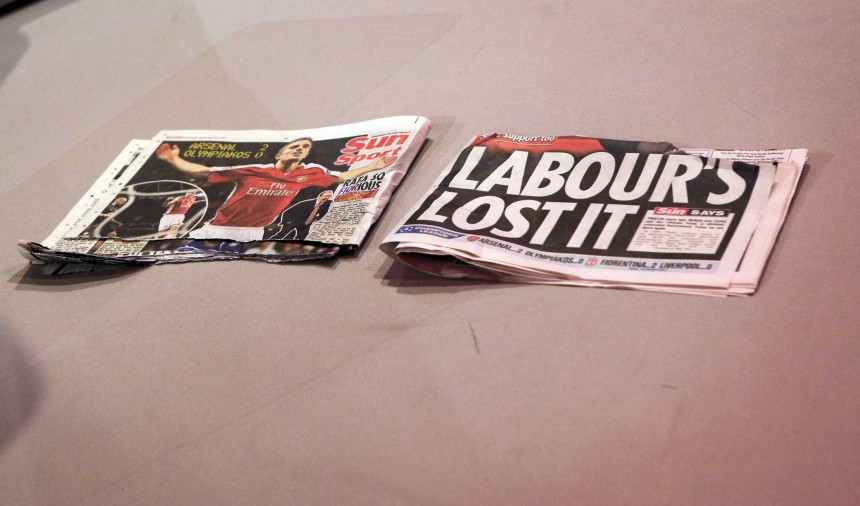Can the red tops still do it?
After John Major’s surprise general election victory in 1992, the Sun headline blared: “It’s the Sun wot won it”.
Today, Britain’s best selling newspaper announced that it was again backing the Tories, stating that it was imperative to “keep the economy on track” and “stop the SNP running the country “.
Unless that is you live in Scotland where the Scottish Sun urges readers to back Nicola Surgeon and the SNP.
But with falling circulation and the rise of online news and social media do the Red Tops still have the power to influence the outcome of a general election?
The day before the 1992 results millions of British Sun readers woke up to the headline: “If Kinnock wins today will the last person to leave Britain please turn out the lights”.
At the time it was decided, not least by The Sun itself, that the inflammatory image of Neil Kinnock staring out of the lightbulb helped secure a fourth consecutive term. However. In recent years experts have said polls forecasting a Labour victory were simply wrong and the Tories were going to win it all along.
So did the Sun’s backing really get results? Tony Blair thought so, spending much of the nineties courting the press in general and Rupert Murdoch in particular. And it worked: The Murdoch papers switched allegiance to New Labour, and Tony Blair won three elections in a row.

A copy of The Sun newspaper lies on the floor after Unite Union Joint General Secretary Tony Woodley tore it in two on stage at the Labour Party Conference in 2009
But times have moved on.
Luckily Ed Miliband, who does not enjoy the same support from the mainstream press as Tony Blair, doesn’t think the papers are as powerful as they once were.
Now that people get much of their news from the internet, newspapers landing on doormats are less powerful and there has never been much evidence that people paper choice has much impact on their vote anyway.
This theory appears to be born out in this election, with the polls largely tied despite four years of negative press portrayals of Mr Miliband. My hunch is that the Sun’s endorsement probably won’t change that.

